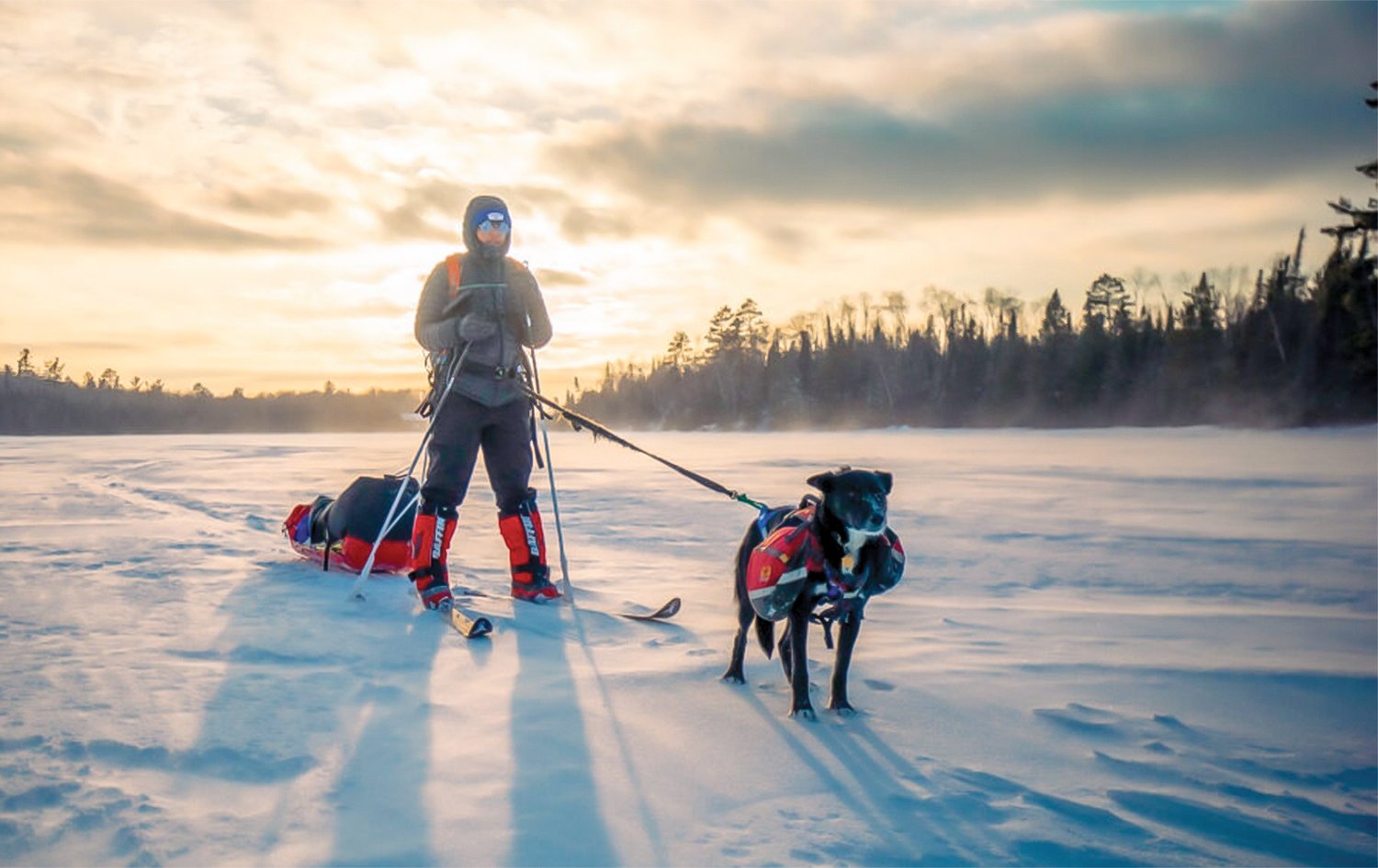‘Can you help us’: Text, calls didn’t go through before a Northern California family died while hiking
BY Herschel SmithMore news about the couple who perished in Northern California.
MARIPOSA COUNTY, Calif. — Nearly six months after a Northern California family and their dog died of extreme heat exhaustion and dehydration while hiking, phone data was released on Thursday that shows a text message and several phone calls did not go through due to poor cellphone reception.
John Gerrish, his wife, Ellen Chung, their 1-year-old daughter, Miju, and their dog were walking in extreme heat in a remote area close to the Merced River in the Sierra National Forest last August before they died.
Jonathan Gerrish’s phone showed the family took multiple photos throughout their hike from 7:44 to 10:29 a.m., according to the release. At 12:25 p.m, they took a screenshot of their location on the trail map.
A single text message at 11:56 a.m. saying, “Can you help us. On savage lundy trail heading back to Hites cove trail. No water or ver (over) heating with baby” did not go through due to not having cell service in the area, the release said.
Five calls were also found to have been attempted but were not successful due to the same reason. The first was at 12:09 p.m. and the last four were attempted within one minute of each other at 12:36 p.m.
I know we’ve covered this before, but the last sentence struck me. Recall when I said this?
First of all, remember the necessary life-saving kit that MUST be carried in the bush: Rubberized poncho, parka, redundant fire start, large bore handgun, food energy, cordage, tactical light, knife, water and means of water filtration. This might have saved their lives.
Beyond this, I was commenting to my oldest son not too many days ago that the biggest enemy of survival in the bush is panic. If you carry the right kit, you can be in the position where you say to yourself or loved ones, “I don’t know where we are, but it’s getting dark and we need warmth, shelter, water and rest. We have the right kit for it, so we camp here for the night and get a safe, good night sleep, and carry on at first light.”
If you panic, adrenalin rushes into your system, you expend way too much energy, your judgment is clouded and you’re more likely to do stupid things, you get exhausted, the exhaustion makes you cold, and you risk hypothermia.
In the bush, panic is your enemy. It sounds as if they didn’t have the right kit, and they panicked.
My suspicion was right. In the bush, panic is your enemy and will kill you. Always be prepared for things not to go as expected. That’s the only way to avoid panic. Even if he had not carried the proper kit, they could have always stopped and gotten out of the sun until dusk, and he could have hunted for water (or found a muddy spot and dug a hole) that evening and the next morning.
If it’s over 100 degrees and you have no water, walking in the noon sun to find your way out isn’t a good idea, and rather than deal with the situation and stopping in favor of a primitive shelter, he panicked which made matters worse.
Panic is always your enemy.




